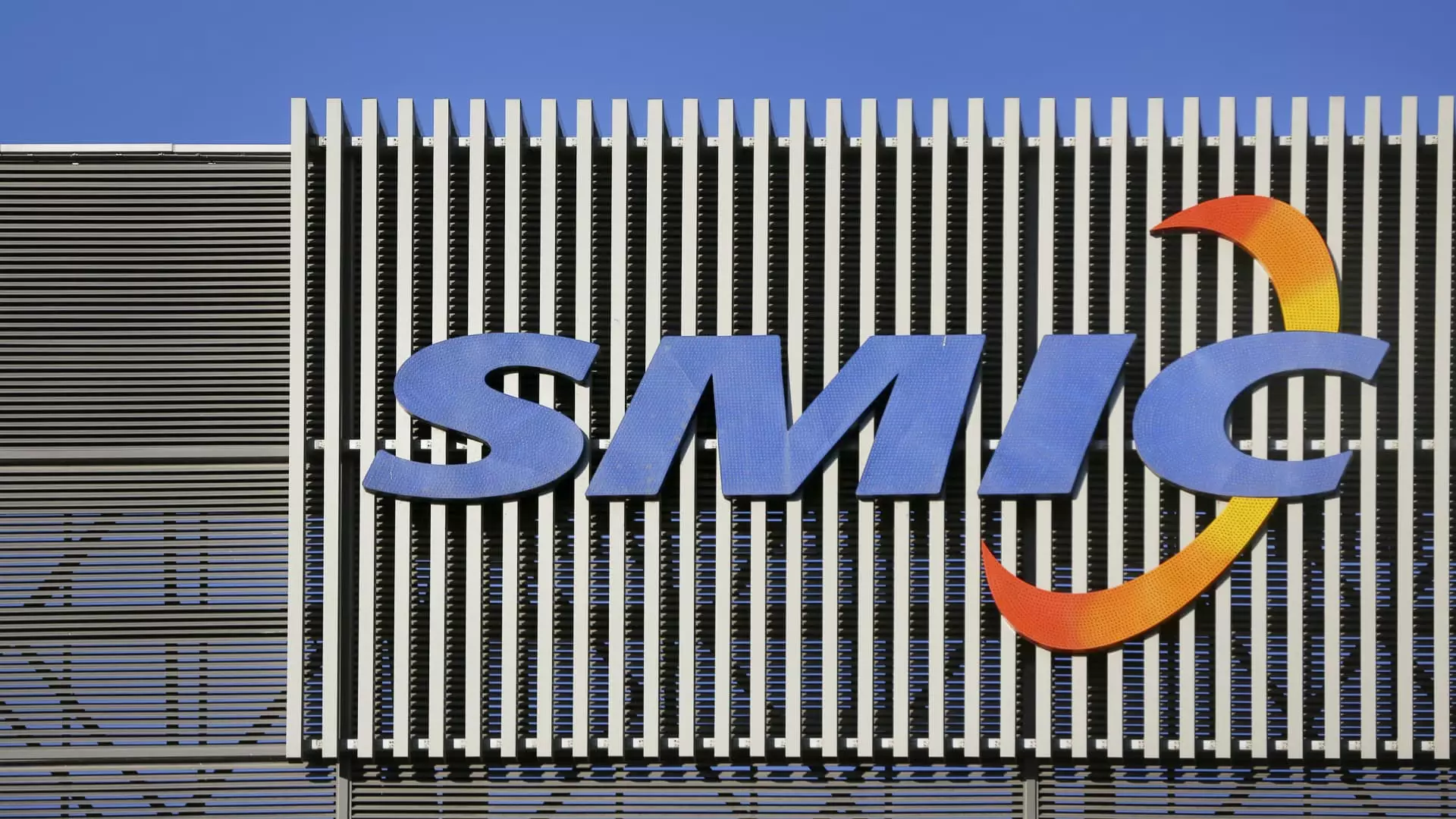The semiconductor industry is facing intense competition, with companies like Semiconductor Manufacturing International Corporation (SMIC) struggling to meet profit expectations. SMIC noted during its earnings call that competition in the industry is becoming increasingly fierce, leading to pricing pressure on commodity products. This trend is creating challenges for companies like SMIC, which are trying to navigate through market trends and maintain profitability.
To stay ahead in this competitive landscape, SMIC emphasized the importance of constructing quality technology platforms that are one to two generations ahead in mainland China. This push for technological advancement is essential for companies like SMIC to fulfill their long-term goals and remain relevant in the semiconductor industry. However, SMIC still lags behind competitors like Taiwan’s TSMC and South Korea’s Samsung Electronics, highlighting the need for continuous innovation and investment in technology.
SMIC’s first-quarter net income plummeted by 68.9% compared to the previous year, falling short of analysts’ expectations. The company’s gross margin also hit a record low, indicating the challenges it faces in maintaining profitability. Despite these financial struggles, SMIC managed to increase its revenue by 19.7% in the first quarter, driven by strong demand for chips. However, the company’s heavy reliance on Chinese customers poses a risk, especially as it tries to expand its market share and compete globally.
To enhance its competitiveness, SMIC is focusing on capacity construction and research and development activities. By investing in these areas, the company hopes to maintain its position in the market and protect investor interests. SMIC’s decision not to pay dividends in 2023 reflects its commitment to maximizing resources for growth and innovation. Despite the fierce competition in the semiconductor industry, SMIC remains optimistic about its future prospects and believes that demand, coupled with technological readiness, will drive its growth and success.
Challenges and Opportunities
SMIC’s placement on the U.S. trade blacklist in 2020 has added another layer of complexity to its operations, requiring careful navigation of regulatory hurdles. While challenges like these pose a threat to SMIC’s growth, opportunities for expansion and technological advancement still exist. The company’s collaboration with Chinese tech giant Huawei on the Mate 60 Pro smartphone demonstrates its potential to overcome obstacles and deliver cutting-edge products.
As SMIC anticipates a rise in second-quarter revenue and further dip in gross margin, the company remains focused on meeting market demand and enhancing its production capabilities. Despite the industry-wide challenges and the competitive landscape, SMIC is determined to strengthen its position and emerge as a key player in the semiconductor market. By staying agile, innovative, and responsive to market trends, SMIC aims to navigate through uncertainties and drive growth in the ever-evolving semiconductor industry.


Leave a Reply